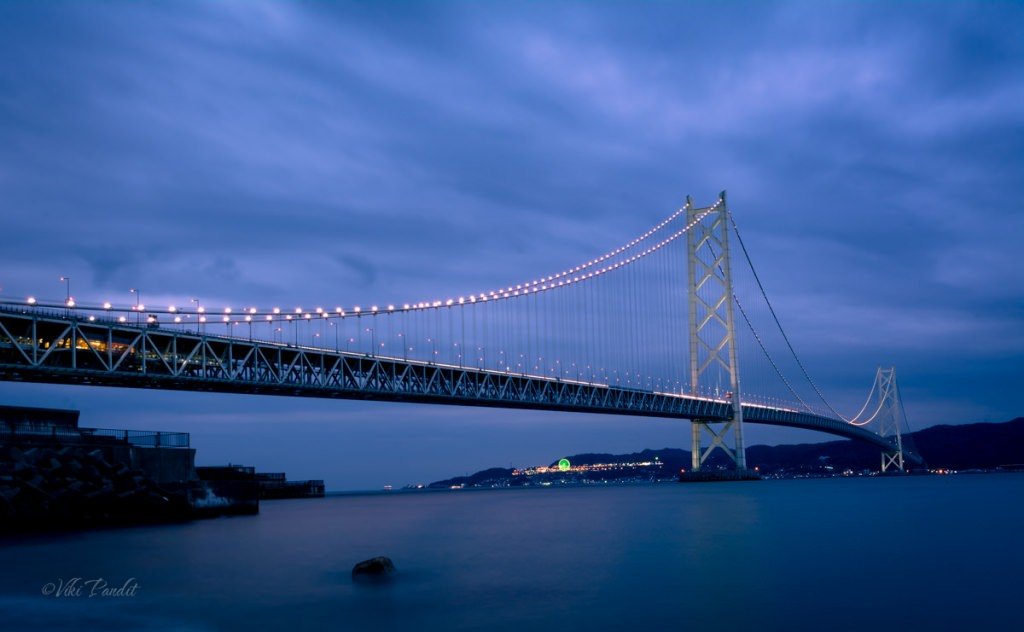

Akashi Kaikyo Bridge
The Akashi Kaikyō Bridge is world’s longest suspension bridge, which links the city of Kobe on the Japanese mainland of Honshu to Iwaya on Awaji Island.
My travel posts are a collection of stories and snapshots from journeys through remote trails, ancient ruins, vibrant cities, and serene landscapes. Each post captures not just the beauty of the places I visit, but also the quiet moments, the local culture, and the unexpected encounters that make travel truly meaningful.


The Akashi Kaikyō Bridge is world’s longest suspension bridge, which links the city of Kobe on the Japanese mainland of Honshu to Iwaya on Awaji Island.
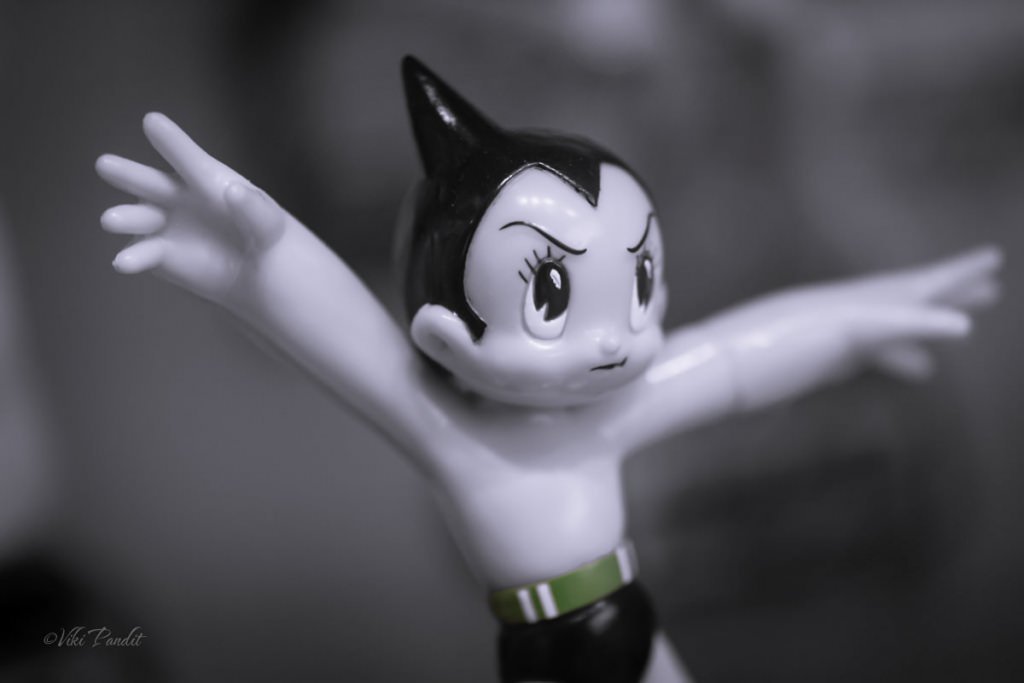

I catch a train down to Takaruzaka to take a peek at the original sketches and comic strips of the adorable Astro boy at the Osamu Tezuka Manga Museum. Osamu Tezuka is one of the iconic manga artists from Japan, best known as the creator of Astro Boy. His creations are the reason that made many like me fall in love with Japan.


Today I went on a hike to Uguisunotaki Falls, into the deep end of the Kasugayama Forest, surrounded by tall Pines, where even the Sun doesn’t dare to peep through.


Lake Biwa is one of the most scenic spots in Japan. It is also one of very ancient lakes of the world dating back 4 million years. We take a walk along the white sands to the Torii at Shirahige Jinja to capture the lake in its surreal beauty.
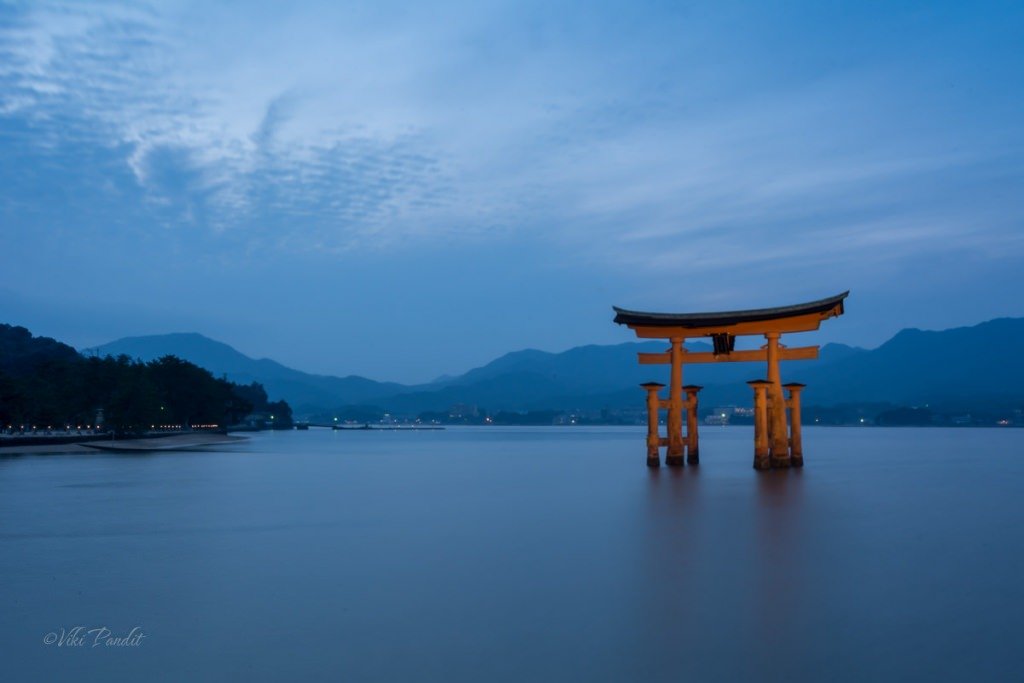

We take the ferry to the magnificent island of Miyajima to visit the centuries-old Itsukushima Shrine. The World Heritage site is located along the virgin forest of Mt. Misen over the waters of Hiroshima Bay. As dusk falls, the tide recedes and hoards of people make their way towards the beautiful Torii in the Sea.
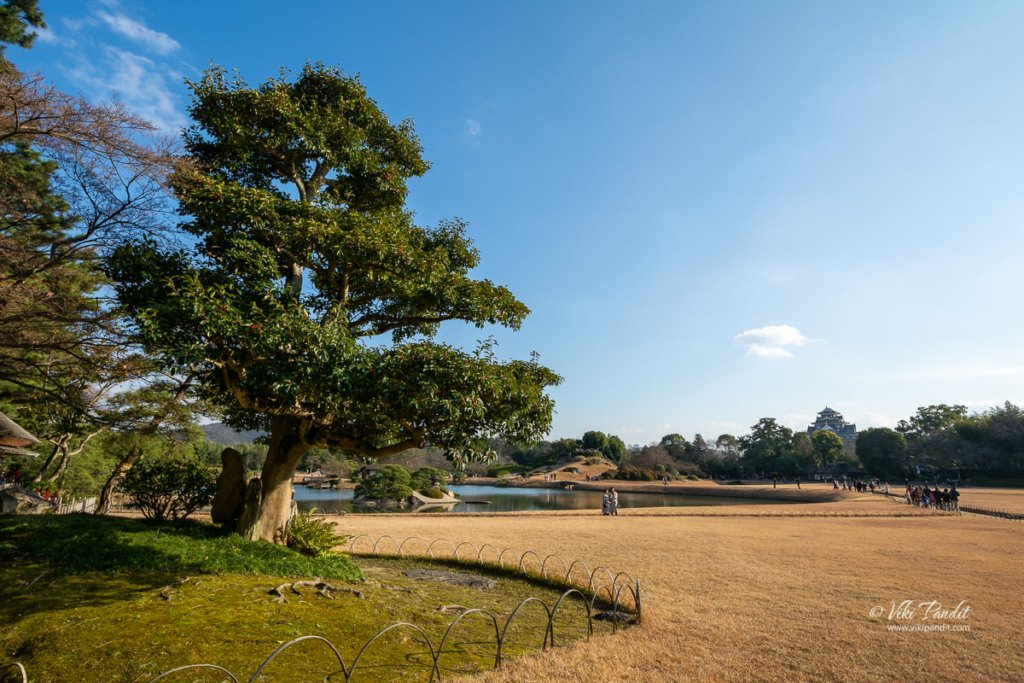

Across the Meyasu Bridge Okayama castle walls Korakuen Resting for a few minutes Red-crowned Cranes Samurai armor Shima Chaya Bridge Going up Yuishinzan Hill View from Yuishinzan Hill Wide Korakuen Garden Grounds Crossing the bridge to Okayama Castle Boat rides Okayama castle from the bridge Okayama castle tower Sunset over Okayama castle Leaving Korakuen Thanks […]
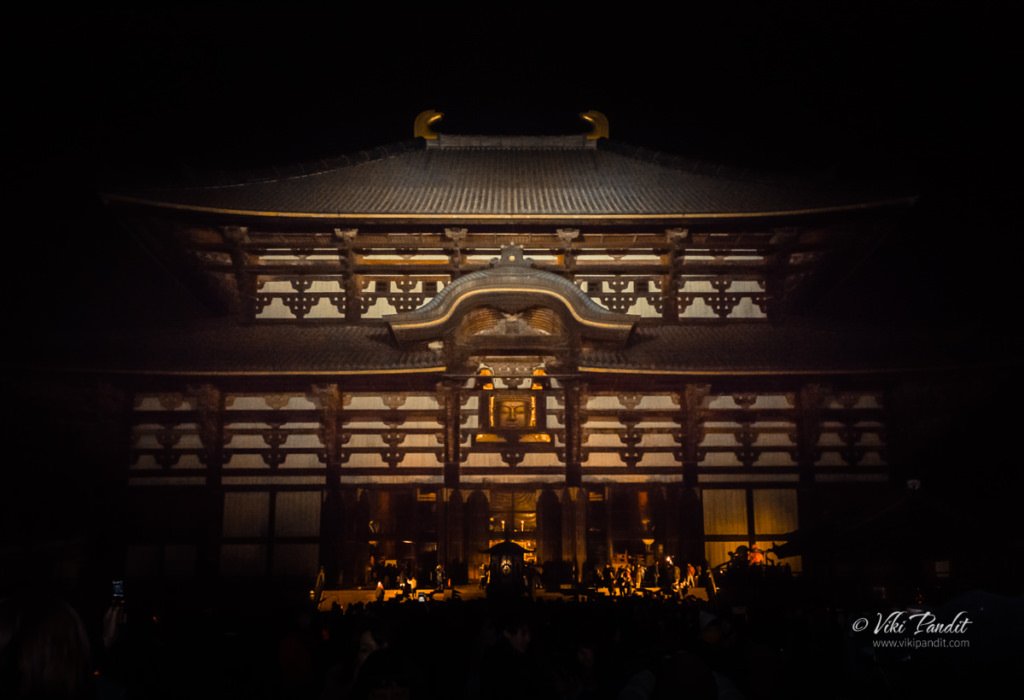

We decided to do something different this new year eve. We walked down to Todaiji at midnight to usher in the new year with the blessings of the great Daibutsu. For it is only during New Year eve that the upper doors, in front of the face of the Great Buddha, are opened so all can witness the eyes of the Daibutsu.


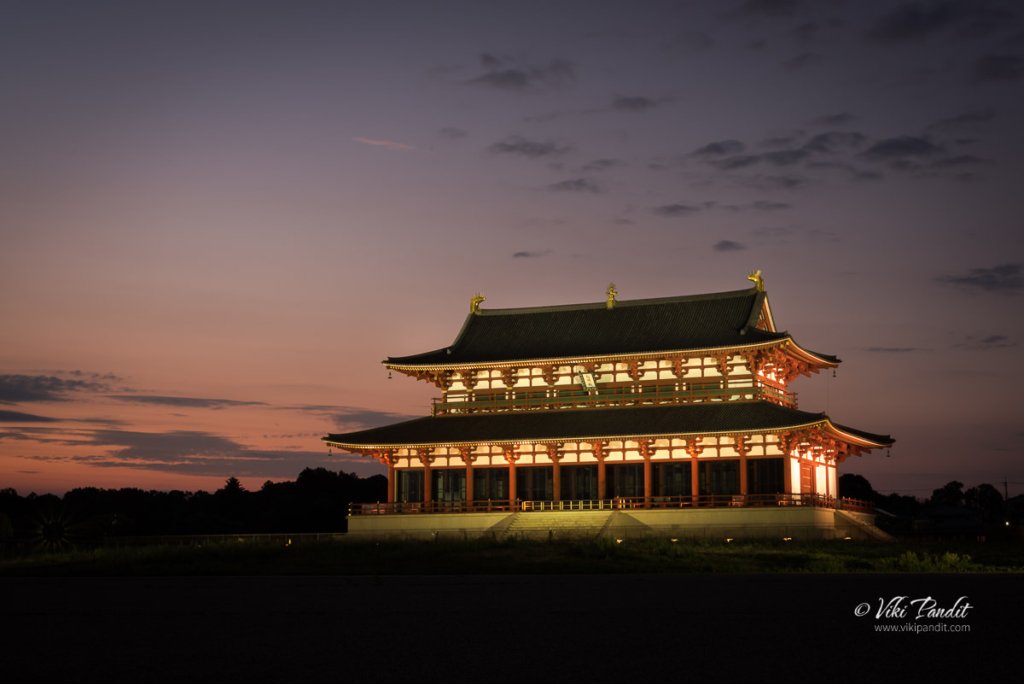

I used to go past the Heijo Palace every time we used to drop in at Osaka. It used to look so beautiful in the night from the train. We finally went to the palace grounds today, to capture its majestic view. A UNESCO World Heritage Site, Heijo Palace used to be the emperor’s residence when Nara was the capital of Japan in the 8th century.
Loading more posts...